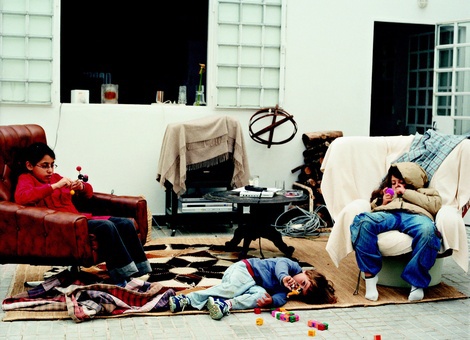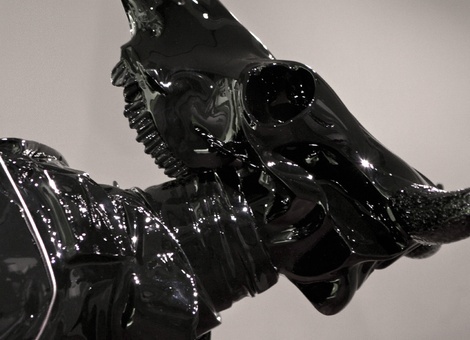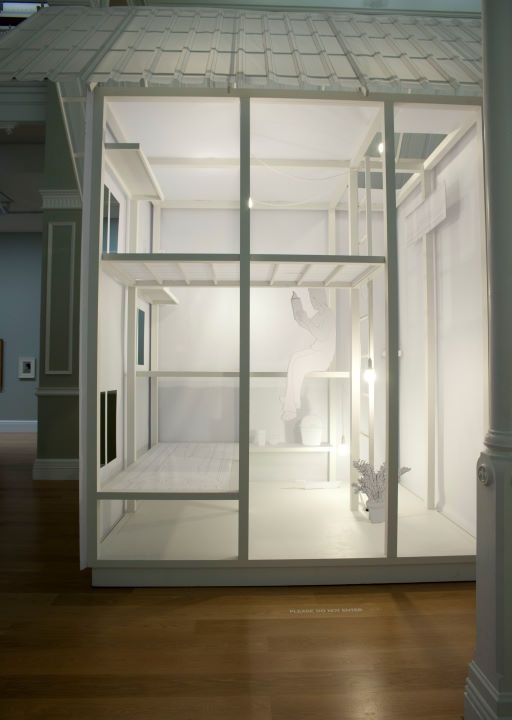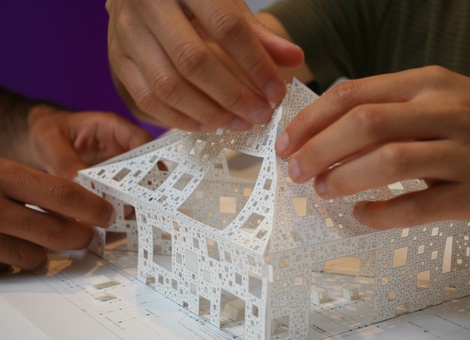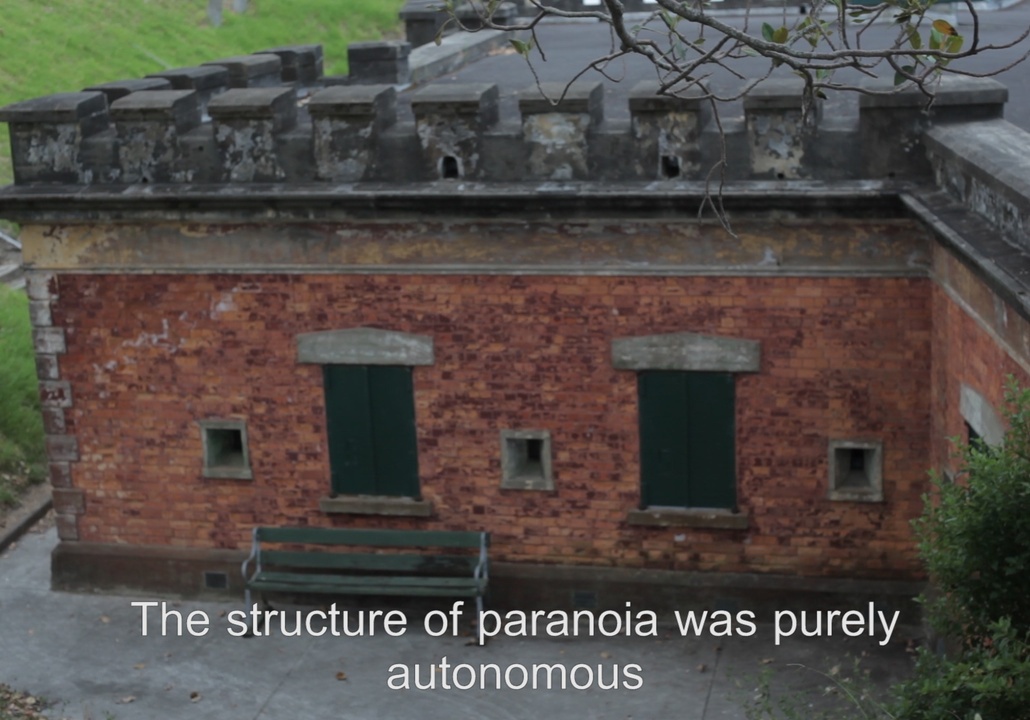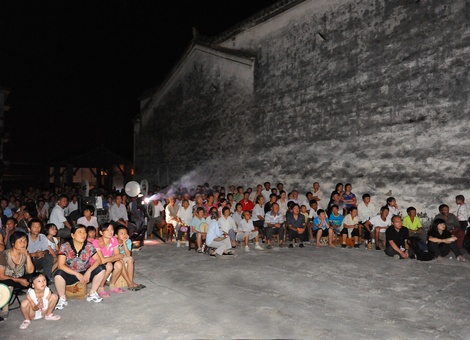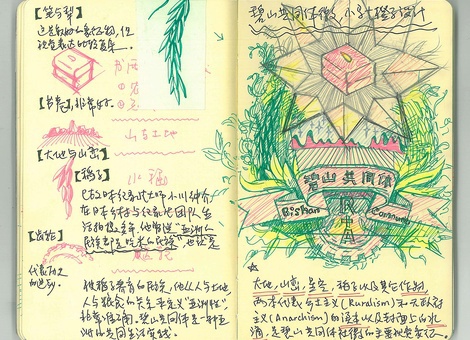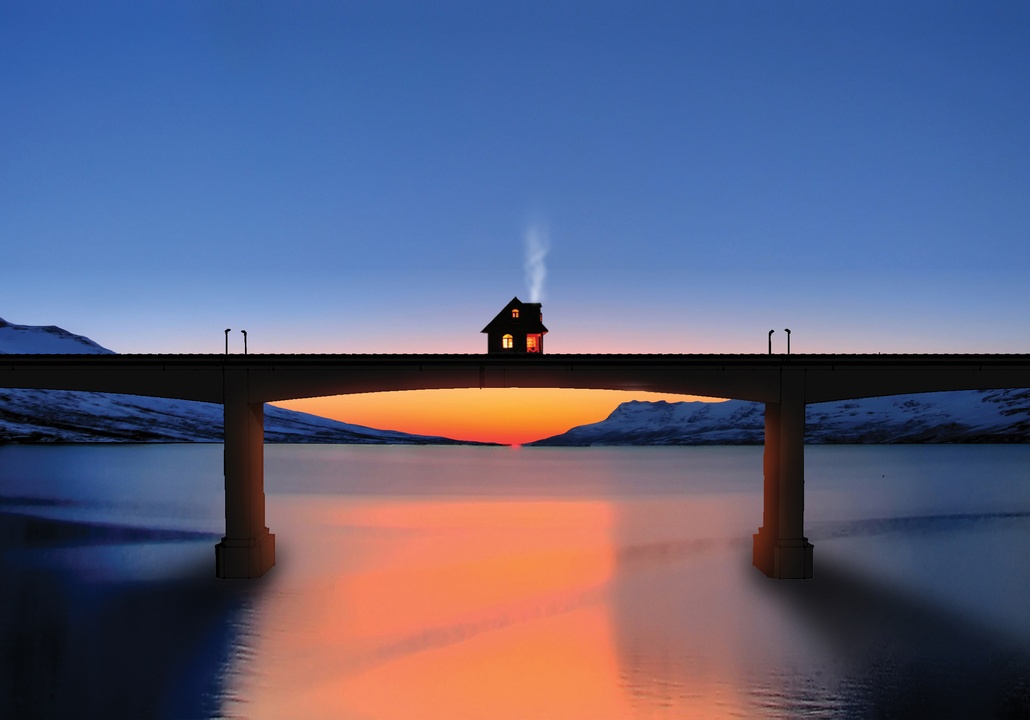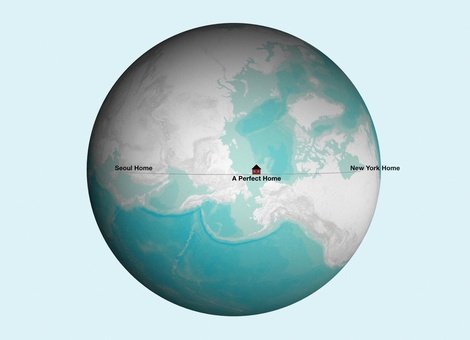Noël Burch
Venue

Aereile Jackson, Tent City, Los Angeles

Apple harvest Betuwe
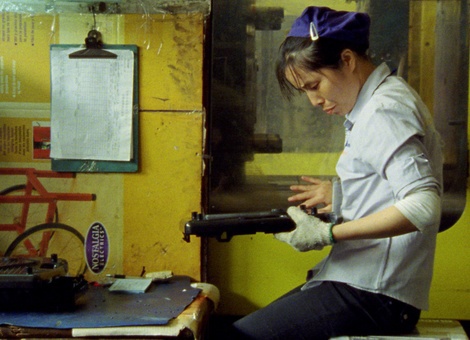
Donlim factory worker, Shenzhen
Born 1932, San Francisco, United States of America
Lives and works in United States of America and Paris, France
Noël Burch has been publishing books since the 1960s and these include Theory of Film Practice (1973) and To the Distant Observer: Form and Meaning in Japanese Cinema (1979), which remains the seminal history of Japanese cinema. While he is primarily known as a writer, Burch is also a filmmaker and has directed over 20 films, most of which are documentaries. Burch is the co-founder and director of the Institut de Formation Cinèmatographique, an alternative film school connecting theory and practice.
‘Sekula and Burch’s film asks us to consider those critical spaces between the local and the global...’
Alex Davidson, Curatorial Assistant, Artspace, Auckland
The Forgotten Space
2010
The Film Archivefilm essay / feature documentary, English subtitles
110:00min
producers: Frank van Reemst, Joost Verheij
co-producers: Vincent Lucassen, Ebba Sinzinger
courtesy of DOC.EYE Film

